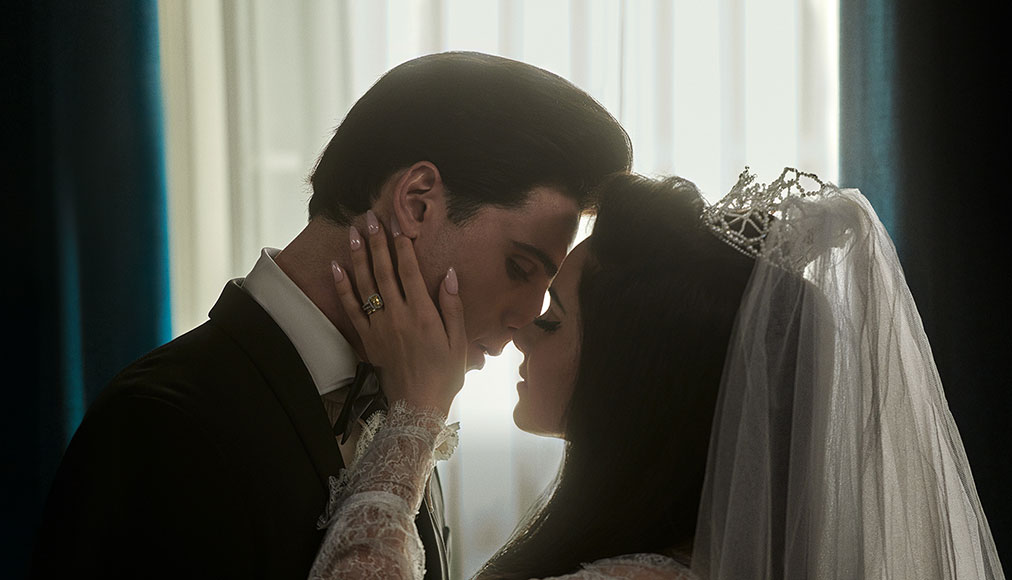Since the announcement of the start of production Priscillathe latest project of the artist’s daughter Sofia Coppola after On the rocksAmidst his more quietly ignored titles, one inevitably wondered how this portrait would differ from the crowded biopic. Elviswhich came out in theaters last year.
If Luhrmann’s baroque spectacle is a frenzied biopic focused on the social dimension of a star who often stumbles into “cuts” of the canonical American biopic formula, Priscilla, a decidedly more subdued and subtle work, with characters disappearing behind people. Just think about it Priscilla you go from being a minor figure in an Austin Butler film to being the main point of view in Sofia Coppola’s work. Elvis himself is no longer the mask of latex and sweat we see writhing between one blow of a slap, but rather a man constantly controlled by unseen external forces (the Colonel, who is not Tom Hanks here, but a simple voice on the phone, but also a fervent Catholic faith) which he finds in Priscilla the first “object” upon which a form of power can be established.
Thus, the feature film is a static journey (Priscilla she almost always remains caged (whether at her husband’s Graceland estate or at her parents’ home) of two insecure young people searching for their identity, who find themselves giving it a true definition only through the objects with which they surround or adorn themselves. Whether it’s the decorative books with which to tone themselves, or the guns that match their clothes, Elvis and Priscilla spend their days enriching their lives beyond public figures in the only sad way allowed by two personalities capable of catalyzing such attention.
The tenderness of instant photographs that are continuously taken becomes the need to reproduce images of oneself in which one can find oneself. Thus, the choice, particularly for Elordi, of two Gen Z icons is entirely consistent, without distorting the faces of the chosen stars and thus strengthening the connection with today’s world, in which the construction of identity is equally fluid and unstable. . This suffocating and repetitive process of constantly redefining one’s appearance lies at the heart of Priscillawho, precisely at the moment when he finds the weight of the popular and cultural symbol with which he is associated no longer intolerable, and decides to abandon it, completes the work of which he is a part, ceasing to exist along with his public image.
Pictured above: Jacob Elordi and Cailee Spaeny in Priscilla, photo by Philippe Le Sourd.

